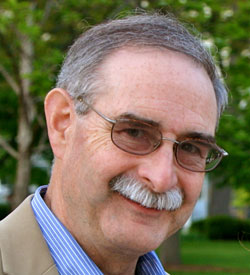Fred Best
Research Engineer
Mr. Best is a Distinguished Research Engineer at the University of Wisconsin-Madison, Space Science and Engineering Center, where he served as Technical Director for nearly 20 years. He has a long history developing and deploying scientific instruments for ground, aircraft, and spaceflight applications. At SSEC he served as Lead Mechanical Engineer for the Hubble Space Telescope High Speed Photometer and the Diffuse X-ray Spectrometer (Space Shuttle Attached Payload, Mission STS-54), as well as the pioneering High-resolution Interferometer Sounder (HIS) high-altitude aircraft instrument. He served as program manager and lead mechanical systems engineer for the Net Flux Radiometer (NFR) on the Galileo Entry Probe to Jupiter. He then served as program manager and lead mechanical systems engineer for UW-SSEC’s high resolution infrared spectrometer-based programs, and related field campaigns. Pioneering instrument developments include: the ground-based Atmospheric Emitted Radiance Interferometer (AERI) and the Scanning HIS, which flies on multiple platforms, including the NASA ER-2 high-altitude research aircraft. Mr. Best then served as program manager and technical lead for the On-Board Radiance Calibration System for NASA’s Geostationary Imaging Fourier Transform Spectrometer (GIFTS). Based on this foundational work, under internal R&D funding, Mr. Best invented a novel scheme to provide an absolute temperature calibration scale on-orbit, using melt signatures from small quantities of different reference materials. He served as the lead investigator on a NASA Incubator program that advanced this technology for use on NASA’s climate benchmark mission called CLARREO. Mr. Best continues to work on advanced technologies and techniques for use in the next generation of weather and climate satellite missions.

